It seems the market may have second thoughts about the acceleration of the hawkish Fed policy. Following Wednesday’s FOMC statement and Powell’s press conference, the market was enamored with a step toward more hawkish Fed policy. Thursday’s action paints quite a different picture. The high growth Nasdaq and FAANG stocks led the way lower. Cyclical/value stocks held up much better. The tech-laden Nasdaq was down over 2.5%, while the cyclical-heavy Dow was down less than .10%. The heat map below shows the large dispersion between stocks and sectors.
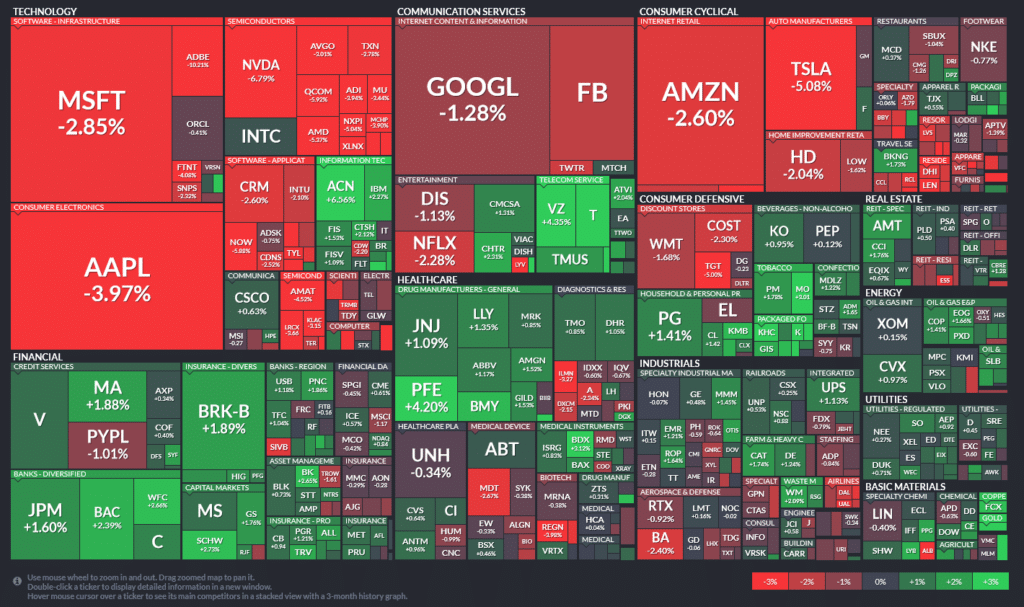

What To Watch Today
Economy
- No notable reports scheduled for release
Earnings
- 7:00 a.m. ET: Darden Restaurants (DRI) to report adjusted earnings of $1.44 on revenue of $2.23 billion
Politics
- Treasury Secretary Janet Yellen will preside over a meeting of the Financial Stability Oversight Council beginning at 11 a.m. ET. The event, which will be livestreamed, is set to touch on issues ranging from climate-related financial risk, the LIBOR transition, SEC rulemaking, and cryptocurrencies.
Inflation Expectations Help Us Decipher The Market
Stocks rallied on Wednesday despite more hawkish tones and projections from Jerome Powell and the Fed. What gives? The Bloomberg chart below shows that inflation expectations rose in the hours after the Fed decision. Such action jibes with the stock market rally. Essentially, the “markets” gut reaction is the Fed is moving too slow to fight inflation. We remind you, excessive Fed monetary action and the associated liquidity best explain today’s historical valuations. If the Fed drags its feet in removing such policy, the party may continue. However, higher inflation tends to result in lower valuation multiples.
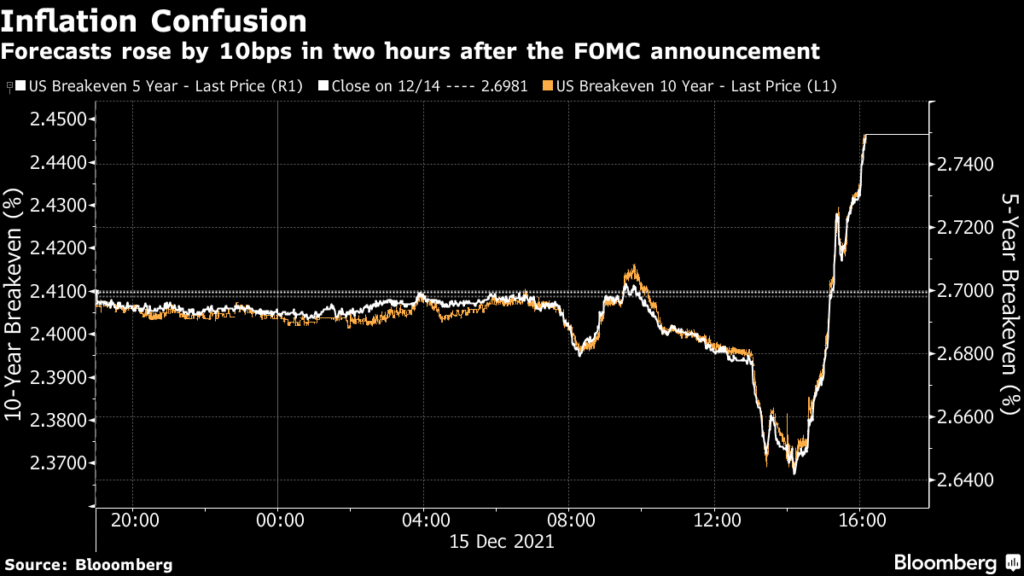
Barron’s Top Stock Picks For 2022
Barron’s just recently put out their list of their top 10 stock picks for next year. Interestingly, with the exception of Amazon (AMZN) their list definitely tilts to “value” over “growth.” However, while we don’t necessarily agree with all of these picks (i.e. IBM/HTZ), it will be interesting to see if value finally makes a return amidst tighter monetary policy.
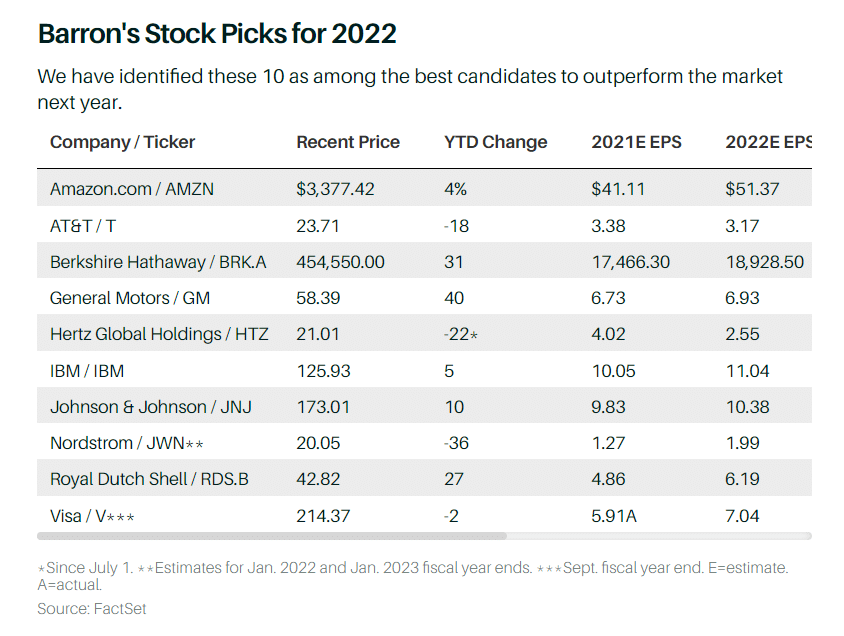
Adobe (ADBE) Earnings
ADBE reported GAAP EPS of $2.57, which narrowly beat the consensus estimate of $2.53. Revenue of $4.11B (+20.2% YoY) also slightly exceeded expectations of $4.09B thanks to 21% YoY growth in the Digital Media segment. Management guided to first-quarter revenue of $4.23B versus analysts consensus of $4.34B. Furthermore, they guided Q1 adjusted EPS below consensus at $3.35 versus $3.39 expected. Finally, management gave conservative guidance for FY22, with revenue at $17.9B ($18.2B consensus) and adjusted EPS at $13.70 ($14.24 consensus). The stock is selling off in light of the guidance, but analyst Kirk Materne reminds us that ADBE usually issues conservative guidance to start the year. We own a 3% position in the Equity Model.
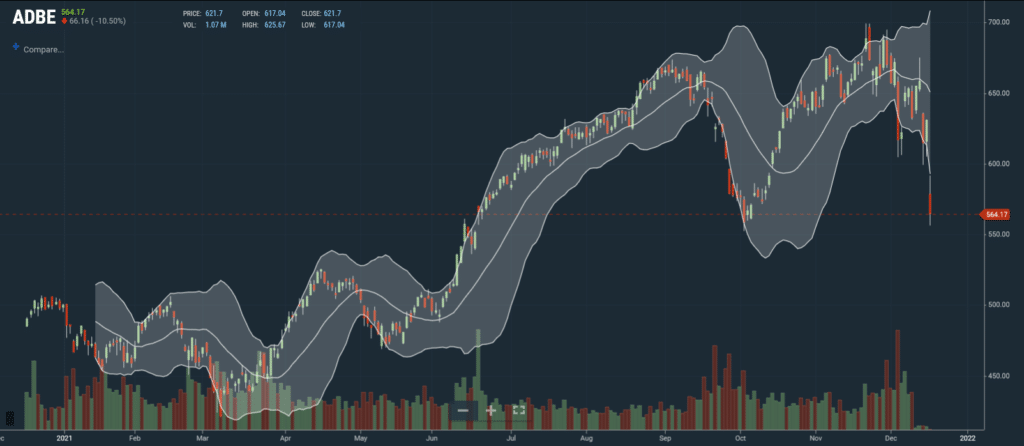
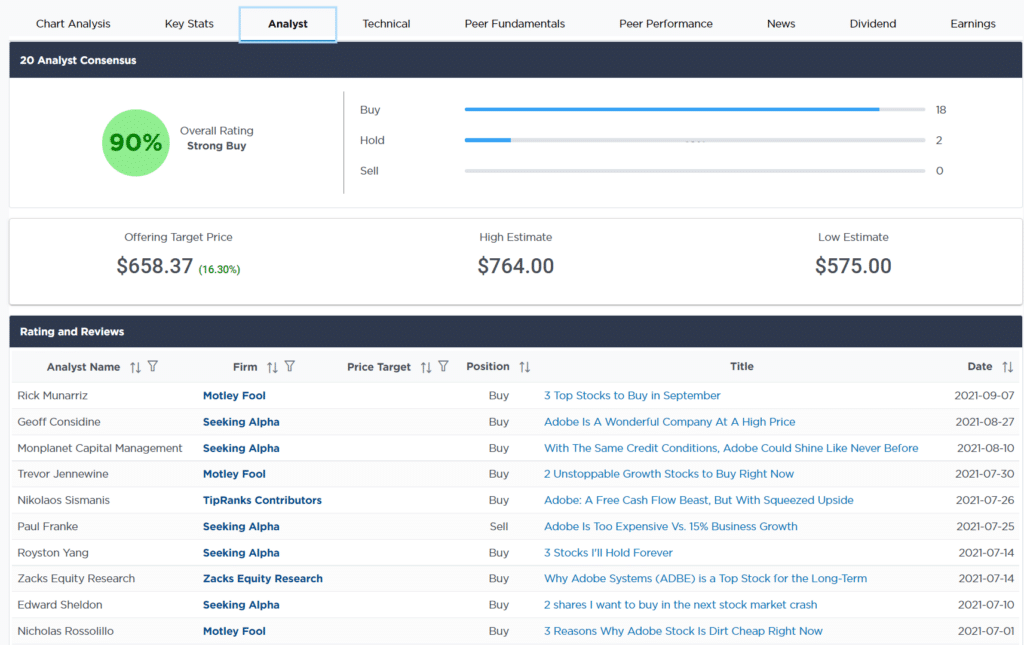
The Pressure On The Fed Mounts
Kevin Warsh takes aim at the Fed in yet another scathing editorial from an ex-Fed president. In his editorial, The Fed is the Main Inflation Culprit he blames excessive Fed policy for runaway inflation. Kevin seems to think the recent hawkish Fed policy shift is not hawkish enough. To wit:
“Stopping QE altogether—even a few quarters ago—would have kept a lid on inflation and allowed a more measured path of rate increases. The Fed now has fewer degrees of freedom to keep the economy out of harm’s way. If the Fed doesn’t act with due speed and skill, inflation—the most regressive tax of all—will do further harm, particularly to the least well-off. If the central bank lurches into a significant, unexpected rate-rising cycle, the same hardworking Americans will bear the brunt of an economic slowdown.”
So why should investors care? The term financial stability is Fed-speak for stable to rising asset prices. Kevin warns, “If price stability is squandered, financial stability is put at risk.” In June we wrote Two Pins Threatening Multiple Asset Bubbles- Part 2. We suggest giving it a quick read to appreciate better “financial stability.”
Further consider the Fed’s Financial Stability Report released in May, warns “asset prices may be vulnerable to significant declines should risk appetites fall.” Since then, the S&P is another 10% higher, making the potential instability even greater.
Small Businesses Are Not Confident
The latest NFIB Small Business survey offers a warning that small businesses are not very confident about their respective business outlooks. Per the report: “As the end of the year nears, the outlook for business conditions is not encouraging to small business owners as lawmakers propose additional mandates and tax increases,” said NFIB Chief Economist Bill Dunkelberg. “Owners are also pessimistic as many continue managing challenges like rampant inflation and supply chain disruptions that are impacting their businesses right now.”
One of the survey’s Key Findings includes: Owners expecting better business conditions over the next six months decreased one point to a net negative 38%, tied for the 48-year record low reading. This indicator has declined 18 points over the past four months to its lowest reading since November 2012.

The following graph compares the Russell 2000 (small cap index) versus the large-cap S&P 500. The problems facing small businesses are also facing smaller companies. This point is not lost on investors. IWM, the Russell 2000 ETF, has been flat since February, with returns of less than half of the S&P 500.

Please subscribe to the daily commentary to receive these updates every morning before the opening bell.
Also Read

















